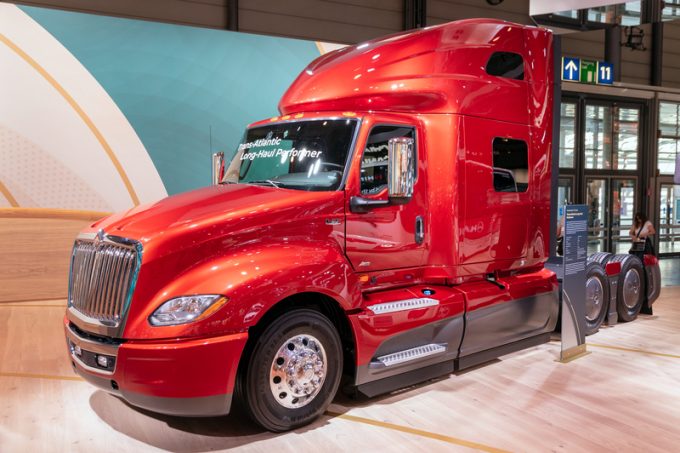Trucking capacity and storage costs under pressure as shippers re-route cargo
Trucking capacity, storage costs and rates are expected to come under pressure as shippers re-route ...

As many as three-and-a-half billion hours of US trucking could be unproductive, according to Uber Freight.
The trucking platform estimates that between 20% and 35% of the 175bn miles the US trucking industry clocks up in a year are likely driven empty – this is almost double traditional estimates.
Uber Freight’s analysts reckon more than half of these empty miles could be eliminated, resulting in lower costs and a massive reduction in greenhouse gas emissions.
Uber Freight economist Mazen Danaf noted that determining ...
Maersk Air Cargo sees volumes fall as it aims for 'margin in favour of revenue'
Keep our news independent, by supporting The Loadstar
Container spot rates diverge: to Europe still falling, but firmer to the US
Hapag-Lloyd won't take bookings if port congestion leaves cargo stranded
Ecommerce likely the front-runner in resurge of transpacific trade after deal
Airfreight players eye new routes as demand on the transpacific nosedives
China-US trade tariff pause could drive a rebound for transpacific rates
Service chaos from trade ban with India a problem for Pakistan shippers
Volume surge and an early peak season? 'Don't celebrate too soon,' warning
Airfreight rates ex-China 'loss-making', but hopes of a trade deal stay high
Indian coastal freight attracts major carriers, but regional tension disrupts
Serious threat to jobs in US logistics as tariffs cause economic 'stagflation'
APMM floats along on 'solid' Q1 profitability in Ocean, well prepared for choppy water
White House u-turns see freighters flying but keep logistics players on their toes
Carriers impose 'emergency operation' surcharges on Pakistan cargo
MSC in terminal switch as Nhava Sheva gets strong start to new fiscal year

Comment on this article